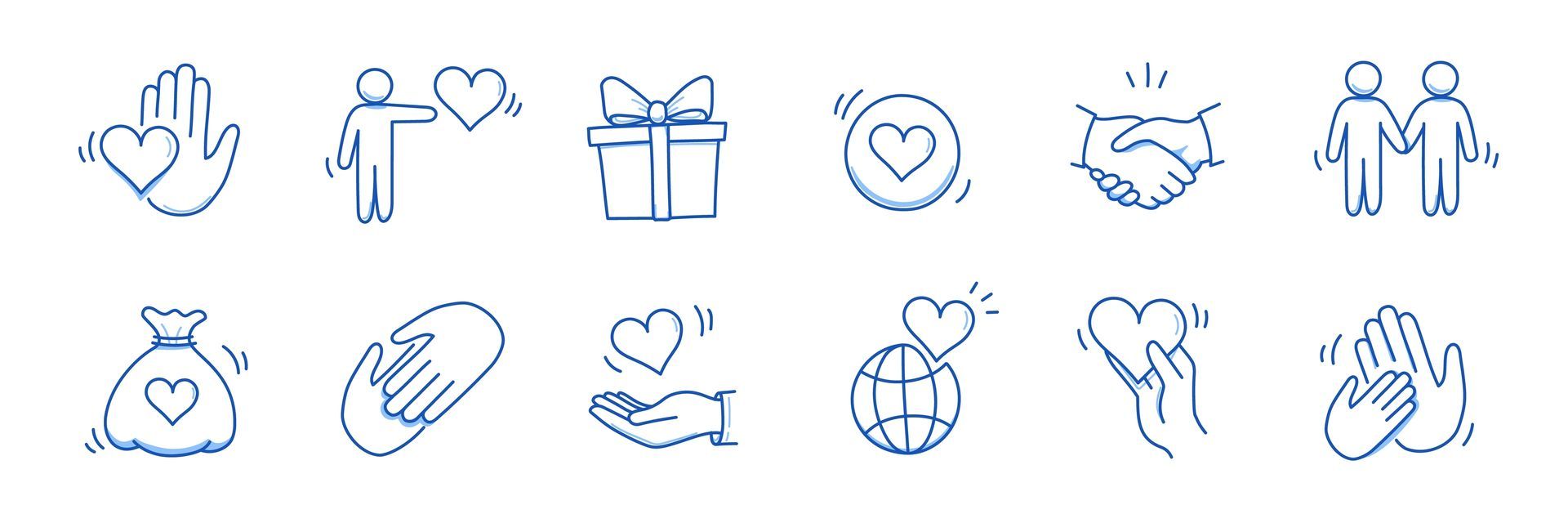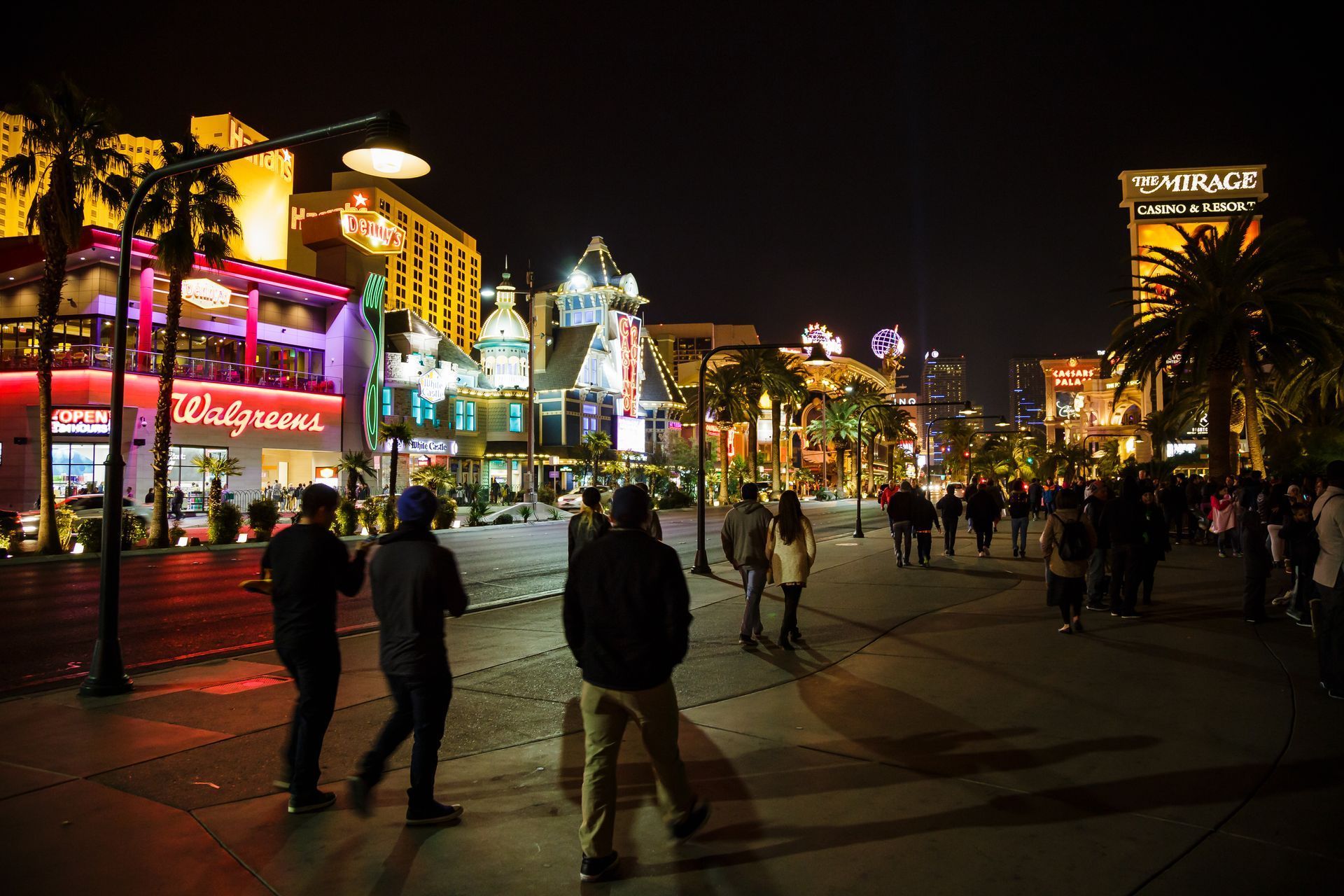A New Housing Trend: Built-for-Rent
April 12, 2024
Built-for-Rent Communities are a Growing Part of the Market

In recent years, a notable shift has occurred in the housing market, signaling a rising preference for single-family rentals. While traditionally, single-family homes were predominantly owned, a significant portion—16.6 percent—are now rented, with recent construction data indicating a surge in purpose-built rental communities.
This growth can be attributed to various factors, including the soaring home prices, which have nearly doubled over the past decade, exacerbated by high interest rates, making homeownership financially challenging for many. As a result, renting has become the more viable option for households desiring the single-family lifestyle.
Enter the "built-for-rent" (BFR) communities—large-scale developments of single-family homes designed specifically for renters. These communities offer amenities akin to multifamily housing, appealing to those seeking a middle ground between renting and homeownership. Construction of BFR homes has seen a remarkable increase, with 2023 alone witnessing a three-fold rise in starts compared to the previous decade. This trend persists even as overall home construction has slowed down since 2021.
Despite the nascent nature of BFR communities, single-family rentals have long been established, with 43 million Americans already residing in rented single-family homes, representing over 40 percent of all renters nationwide. These renters tend to prefer suburban living, with larger households compared to apartment dwellers. Financially, single-family rentals offer advantages such as lower rent burden rates, with higher median household incomes compared to apartment renters. However, there remains a significant income gap between single-family renters and homeowners.
Geographically, single-family rentals are concentrated in the South and West, particularly in California, where the rates are notably high. This trend is expected to intensify, driven by investor ownership and concentrated BFR development in these regions. Opinions among housing experts are divided on the long-term implications of this trend. While proponents argue for increased access and flexibility, detractors raise concerns about the impact of institutional investors on housing affordability and equity distribution.
As housing affordability remains a pressing issue, the growing involvement of investors in the single-family sector is likely to attract the attention of policymakers in the years to come.
This growth can be attributed to various factors, including the soaring home prices, which have nearly doubled over the past decade, exacerbated by high interest rates, making homeownership financially challenging for many. As a result, renting has become the more viable option for households desiring the single-family lifestyle.
Enter the "built-for-rent" (BFR) communities—large-scale developments of single-family homes designed specifically for renters. These communities offer amenities akin to multifamily housing, appealing to those seeking a middle ground between renting and homeownership. Construction of BFR homes has seen a remarkable increase, with 2023 alone witnessing a three-fold rise in starts compared to the previous decade. This trend persists even as overall home construction has slowed down since 2021.
Despite the nascent nature of BFR communities, single-family rentals have long been established, with 43 million Americans already residing in rented single-family homes, representing over 40 percent of all renters nationwide. These renters tend to prefer suburban living, with larger households compared to apartment dwellers. Financially, single-family rentals offer advantages such as lower rent burden rates, with higher median household incomes compared to apartment renters. However, there remains a significant income gap between single-family renters and homeowners.
Geographically, single-family rentals are concentrated in the South and West, particularly in California, where the rates are notably high. This trend is expected to intensify, driven by investor ownership and concentrated BFR development in these regions. Opinions among housing experts are divided on the long-term implications of this trend. While proponents argue for increased access and flexibility, detractors raise concerns about the impact of institutional investors on housing affordability and equity distribution.
As housing affordability remains a pressing issue, the growing involvement of investors in the single-family sector is likely to attract the attention of policymakers in the years to come.
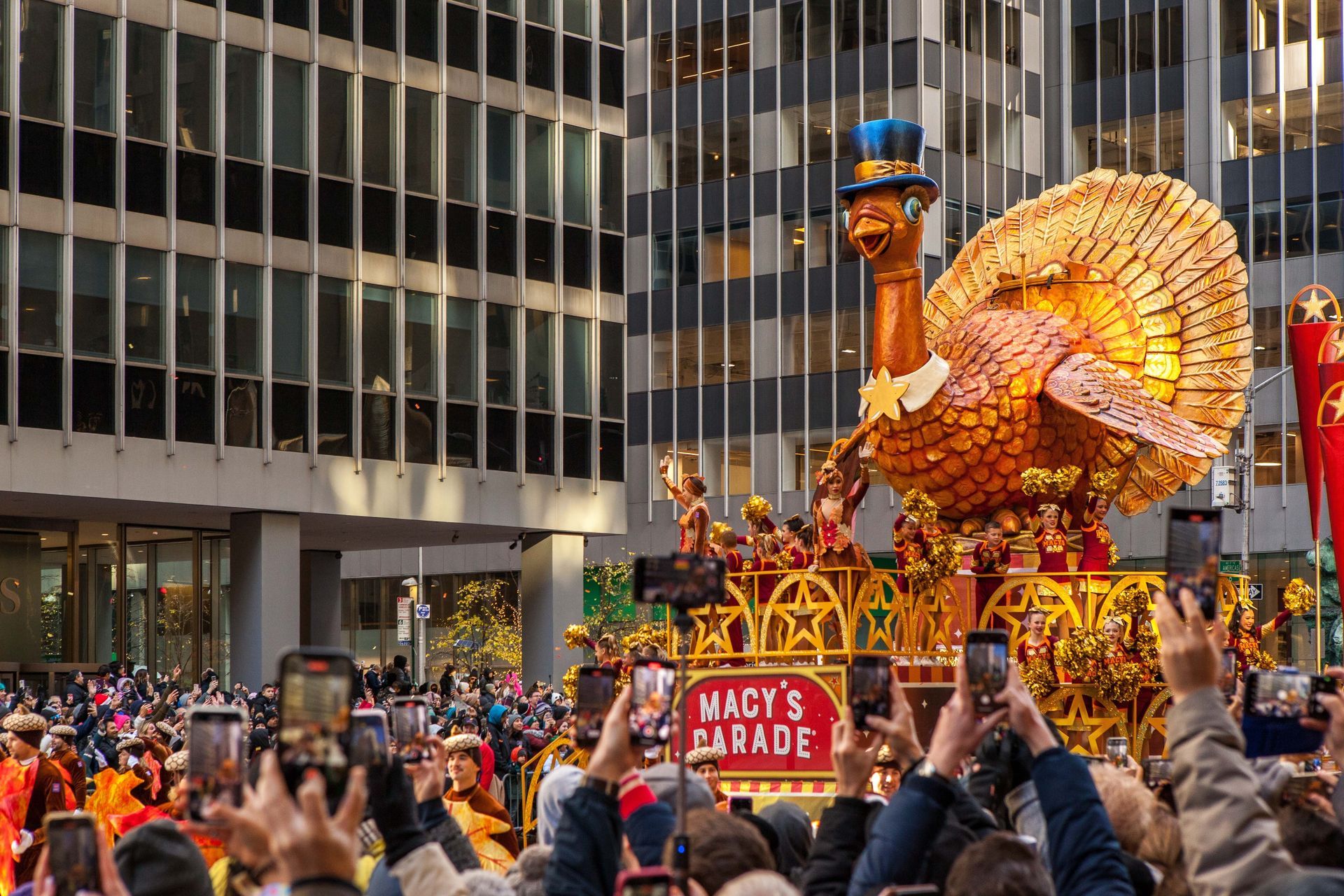
Every Thanksgiving morning, millions of people gather along the streets of Manhattan—or tune in from cozy living rooms across the country—to watch larger-than-life balloons, dazzling floats, marching bands, and performances fill the streets. The Macy’s Thanksgiving Day Parade has become an iconic piece of American holiday tradition, but its roots stretch back nearly a century. Here’s how this beloved celebration came to be—and how it grew into the cultural phenomenon we know today. Humble Beginnings: The 1920s The first Macy’s parade took place in 1924, making it one of the oldest Thanksgiving parades in the U.S. Macy’s employees—many of them immigrants—wanted to celebrate their new American traditions with a grand festival inspired by the street fairs and carnivals of their home countries. The debut parade featured: Live animals borrowed from the Central Park Zoo Floats pulled by horses Marching bands Santa Claus as the finale Even in its first year, the parade drew huge crowds. Macy’s quickly declared it an annual event. Humble Beginnings: The 1920s The first Macy’s parade took place in 1924 , making it one of the oldest Thanksgiving parades in the U.S. Macy’s employees—many of them immigrants—wanted to celebrate their new American traditions with a grand festival inspired by the street fairs and carnivals of their home countries. The debut parade featured: Live animals borrowed from the Central Park Zoo Floats pulled by horses Marching bands Santa Claus as the finale Even in its first year, the parade drew huge crowds. Macy’s quickly declared it an annual event. Growth Through the Mid-Century By the 1930s and ’40s, the parade had become a cherished national event. Important milestones include: 1932 – The parade was first broadcast on radio. 1942–1944 – The parade paused during WWII, when balloons were donated to help with the rubber shortage. 1945 – The parade returned bigger than ever. 1948 – NBC aired the first televised broadcast, bringing the spectacle into homes nationwide. Throughout the 1950s and ’60s, the parade expanded with more elaborate floats, celebrity appearances, and increasingly sophisticated balloon designs. Pop Culture Takes Over By the 1970s and 1980s, the parade had fully embraced modern entertainment. This era brought: Balloons of beloved characters like Snoopy, Kermit the Frog, and Superman Broadway performances becoming a staple Larger production budgets and national media coverage The parade evolved into both a celebration and a marketing phenomenon—yet still retained its charm and festive spirit. A 21st-Century Icon Today’s parade is a blend of high-tech engineering, pop culture, and decades-old tradition. Modern features include: State-of-the-art balloon design and safety teams Massive behind-the-scenes operations with thousands of volunteers Digital broadcasts and livestreams reaching millions worldwide Partnerships with musicians, Broadway shows, film studios, and children’s brands And, of course, the parade still ends the same way it did in 1924: with Santa Claus arriving to officially kick off the holiday season . Why the Parade Endures The Macy’s Thanksgiving Day Parade is more than a televised event—it's a symbol of joy, togetherness, and the unofficial start of the holidays. Over nearly 100 years, it has reflected the evolution of American culture, from beloved cartoon characters to blockbuster movie icons, all while staying anchored in nostalgic tradition. It’s a celebration of imagination, community, and holiday spirit—one balloon at a time.
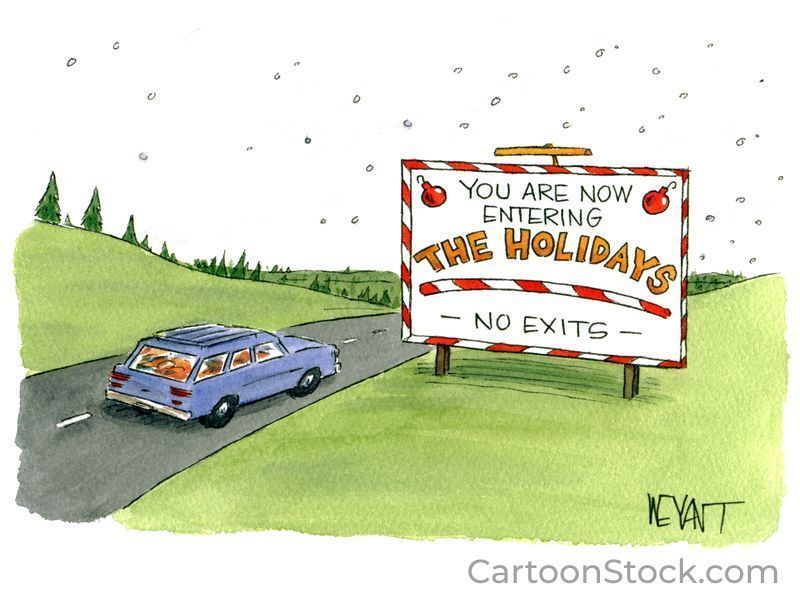
If you’re heading out of town for the holidays, take a few minutes to prep your home before you go. A little planning can help you avoid headaches—and make sure you return to everything just as you left it! Unplug and Power Down Unplug small appliances like toasters, coffee makers, and space heaters. This not only helps prevent potential fire hazards but also saves a bit on energy while you’re away. Lock It Up Double-check that all doors and windows are securely locked, including sliding glass doors and garage entries. If you have a security system, set it before you go. Keep It Lived-In Consider leaving a light on a timer so your home still looks occupied in the evenings. It’s a simple way to deter unwanted attention. Clear the Kitchen Take out the trash, clean out the fridge, and run the garbage disposal before you leave. You’ll thank yourself when you come home to a fresh, clean space instead of any lingering odors. Close Curtains (But Not Completely) Clos ing your blinds or curtains halfway helps keep your home cooler and adds privacy— without making it obvious that no one’s there. Bonus Tip If you’re in an area prone to bugs, you can close sink and shower drains to minimize access (yes, it really can help keep pests from creeping up). Taking these simple steps helps protect your home and gives you peace of mind while you’re enjoying your holiday travels. Safe travels and happy holidays!

Whether you’re planning a romantic night out or a fun hangout with friends, fall and winter in Las Vegas bring the perfect mix of cool weather, and cozy vibes. From outdoor adventures to stay-in nights, here are some great ways to make the most of the season. 1. Skate Under the Stars at Fontainebleau’s Ice Rink Bundle up and glide across the ice surrounded by glittering lights and holiday cheer. Whether you’re holding hands or racing your bestie, it’s a festive way to kick off the winter season. 2. Explore Enchant at Las Vegas Ballpark Get lost in a maze of sparkling lights, sip on hot cocoa, and take a million photos together. Enchant is pure holiday magic — perfect for a romantic night or a friends’ night out filled with laughter and selfies. 3. Sunset Picnic at Red Rock Canyon Take advantage of the cooler weather and head out to Red Rock for a cozy outdoor date. Pack a picnic, bring a blanket, and catch the golden-hour glow over the desert cliffs. It’s peaceful, picturesque, and a great way to unwind together. 4. Rooftop Lounge Vibes Head to the Skyfall Lounge for sweeping views of the city lights. Grab a seat by the firepit, share a few laughs (or a cocktail flight), and soak in the stunning skyline. It’s equally perfect for date night or a friends’ catch-up. 5. Stay In & Solve an “Unsolved Case File” If you’re in the mood to stay cozy, pick up an Unsolved Case File game and put your detective skills to the test. Light some candles, order takeout, and enjoy a night of mystery, teamwork, and laughs — no going out required. From twinkling lights to cozy nights in, Las Vegas offers so many ways to make memories this season — whether it’s with your favorite person or your favorite people.
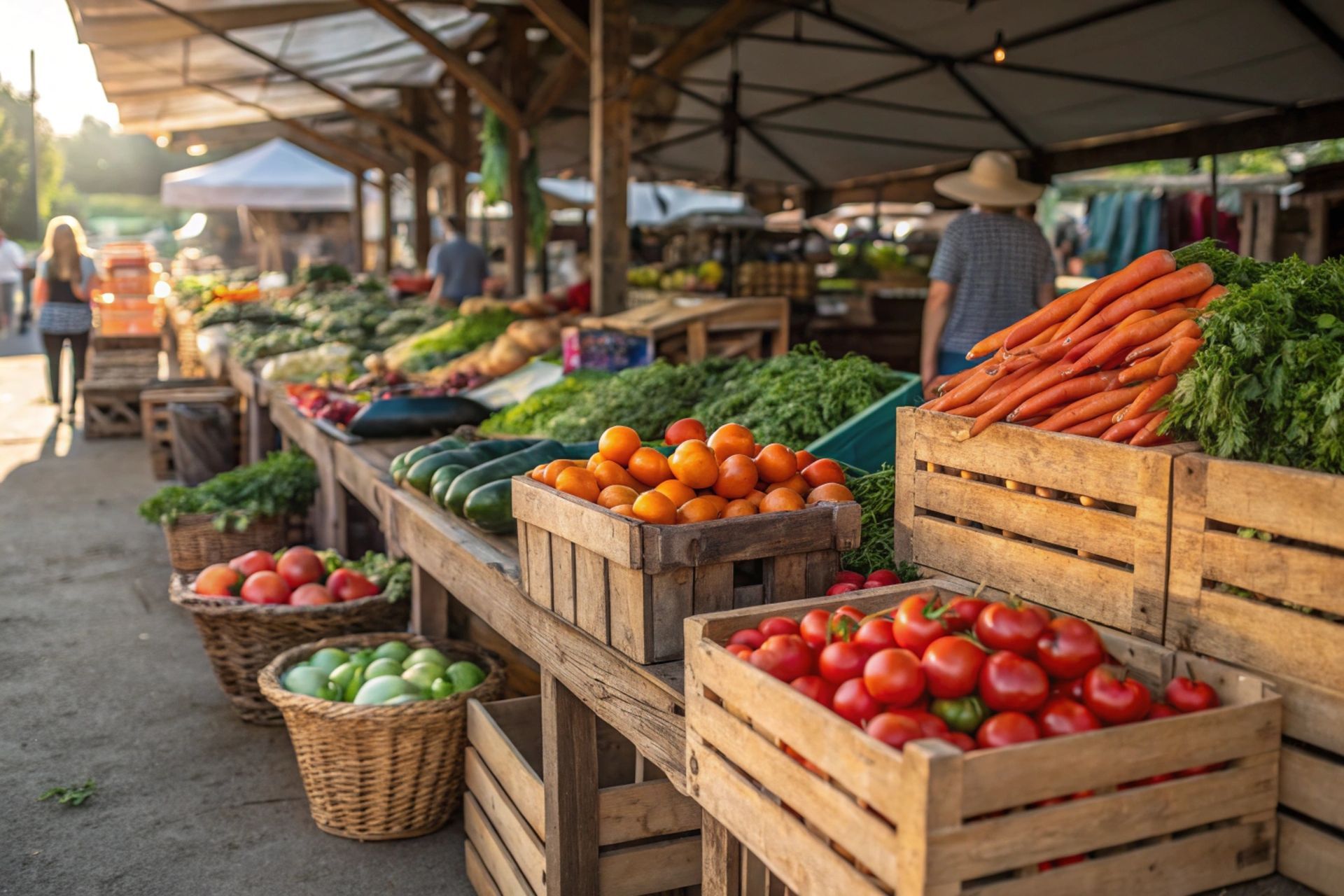
Las Vegas might be known for its bright lights and endless buffets, but there’s another side to the city—one filled with fresh produce, artisan goods, and local charm. Whether you’re a foodie, a weekend wanderer, or just someone who loves supporting small businesses, the farmers markets around town are worth adding to your weekend plans.
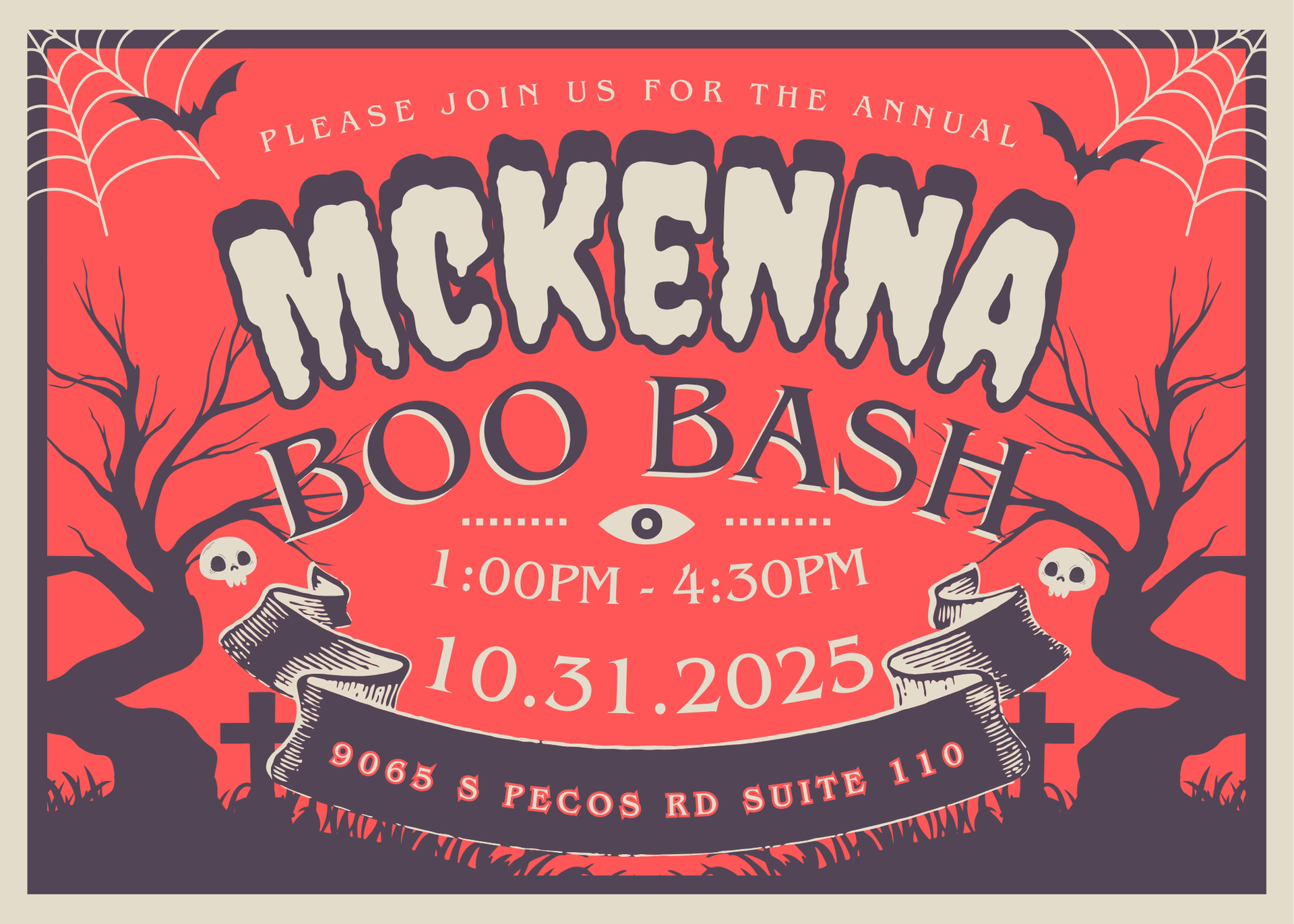
Halloween is a time for spooky fun, creative costumes, and sweet treats—a holiday that brings communities together in celebration of all things eerie and festive. From carving pumpkins and trick-or-treating to attending costume parties, Halloween traditions have evolved over centuries, blending folklore, community spirit, and a love for all things playful and mysterious.

When people think of food diversity in America, their minds usually go straight to New York City. But according to a recent study highlighted by the esteemed culinary school, Escoffier, the Big Apple doesn’t take the top spot. Instead, San Francisco claimed first place — praised for its bustling variety of cuisines and holding the title for the highest density of restaurants per capita among major U.S. cities.
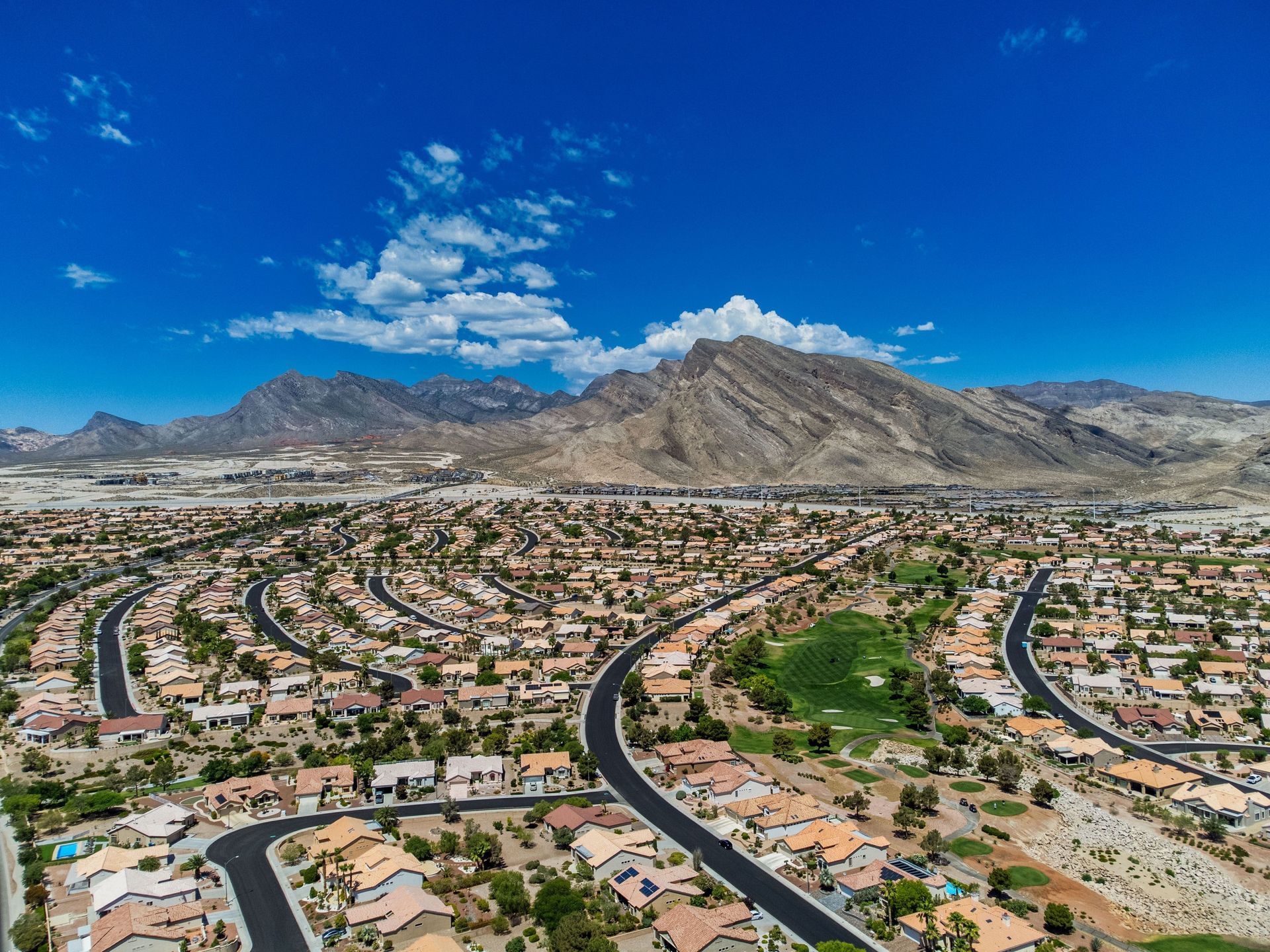
Planning a trip to Las Vegas? Whether it’s your first visit or your tenth, it’s easy to get overwhelmed by all the options. As locals, we know how to balance the must-see attractions with spots that many visitors miss. This four-day itinerary blends the energy of the Strip with the character of the neighborhoods beyond it, giving you a true taste of what Vegas has to offer.


